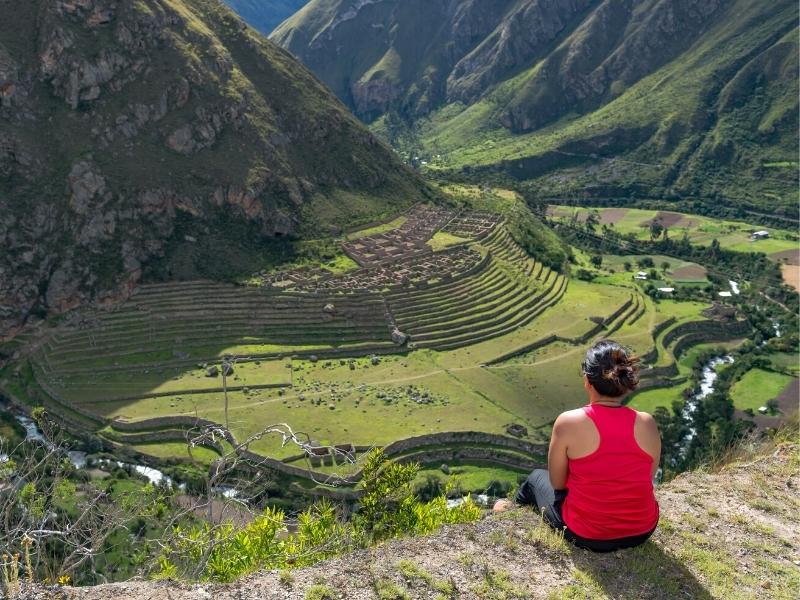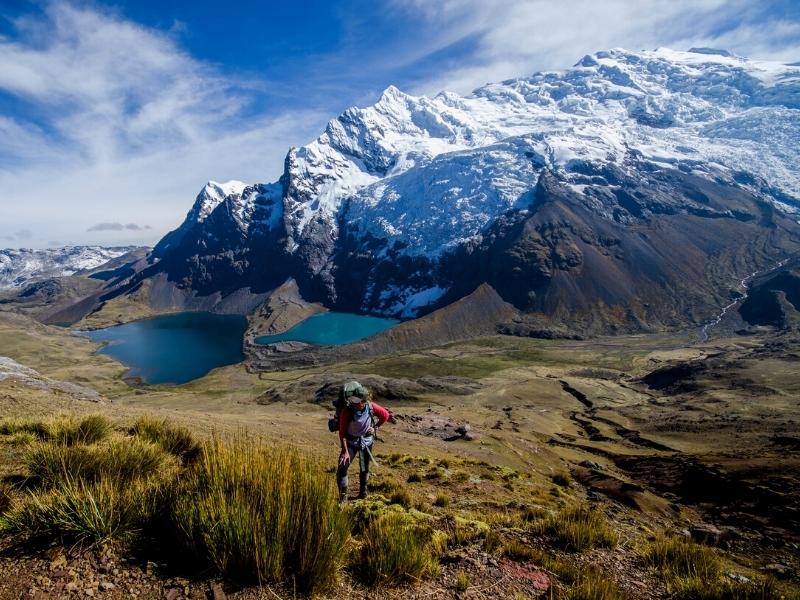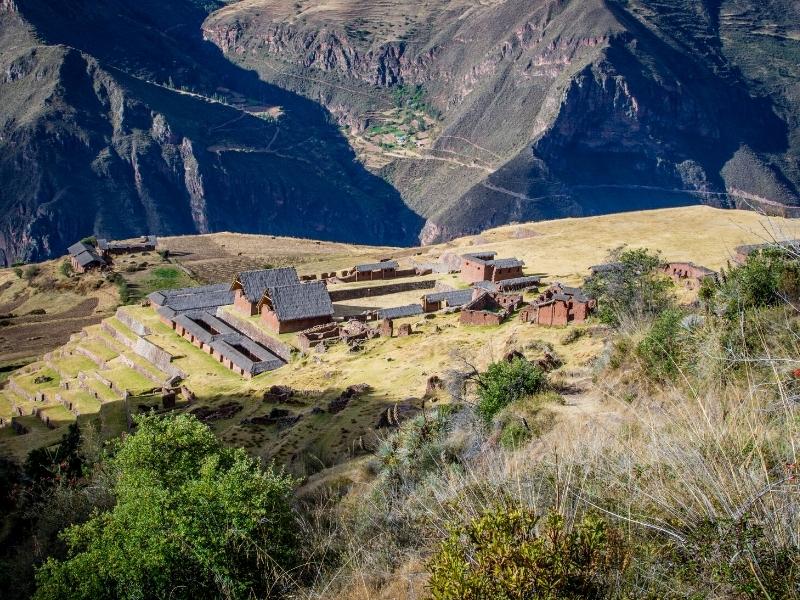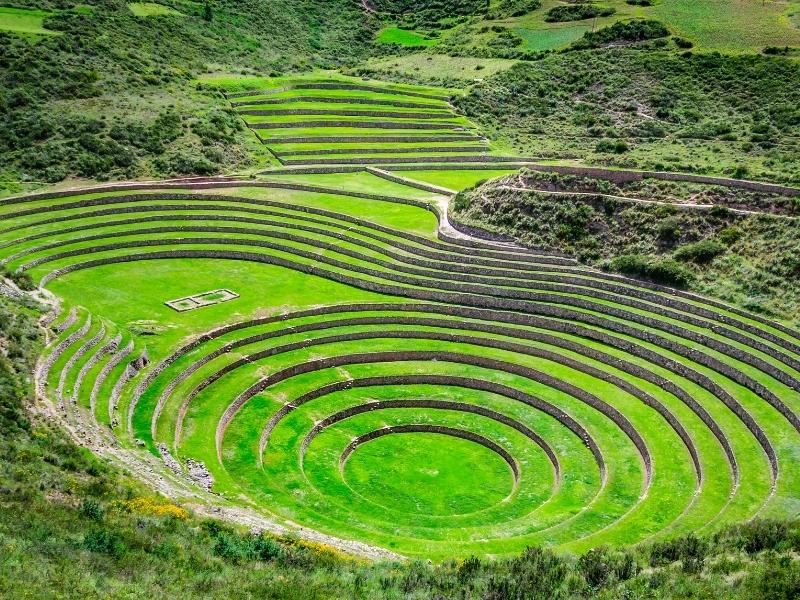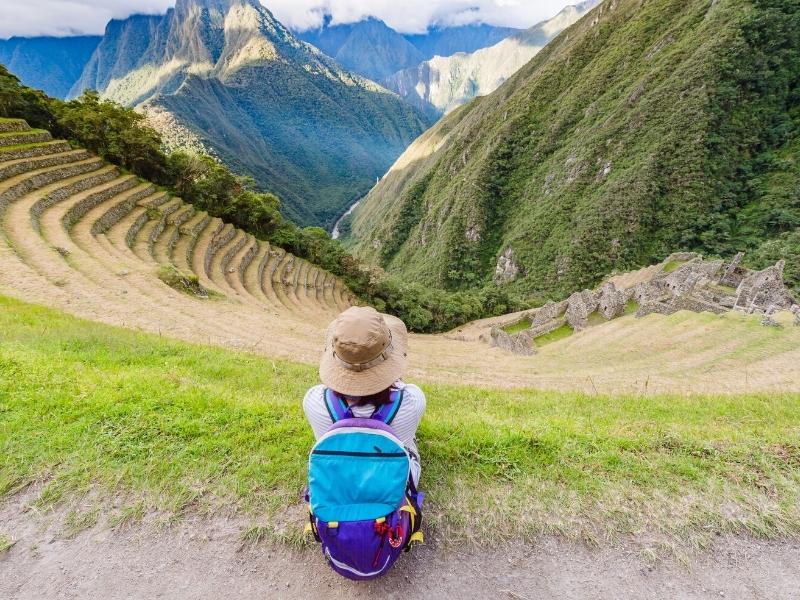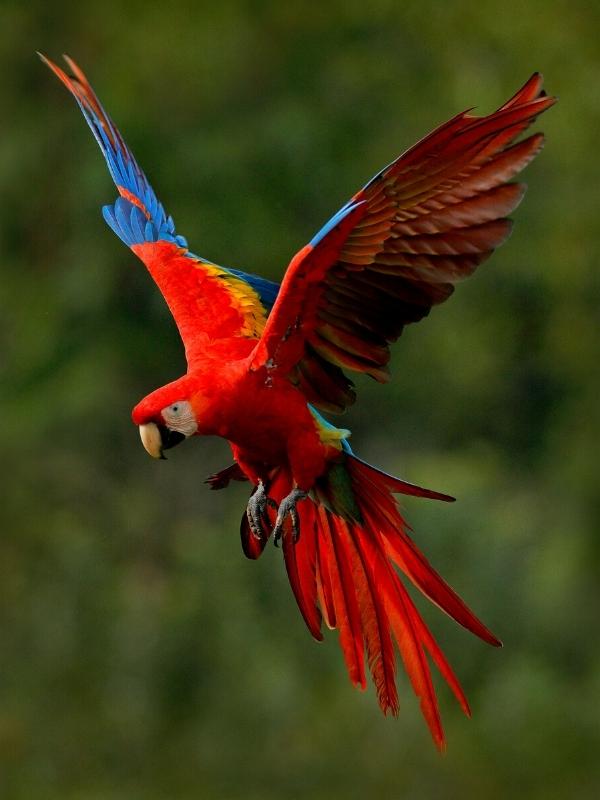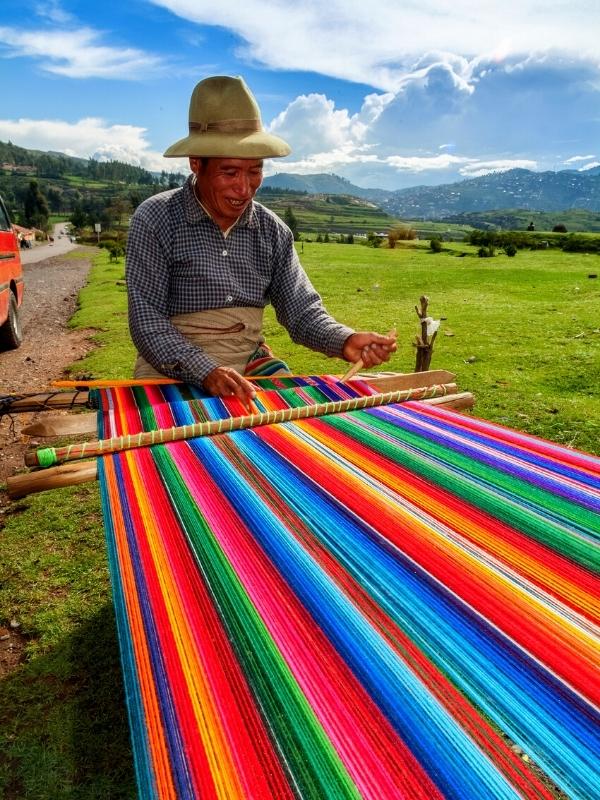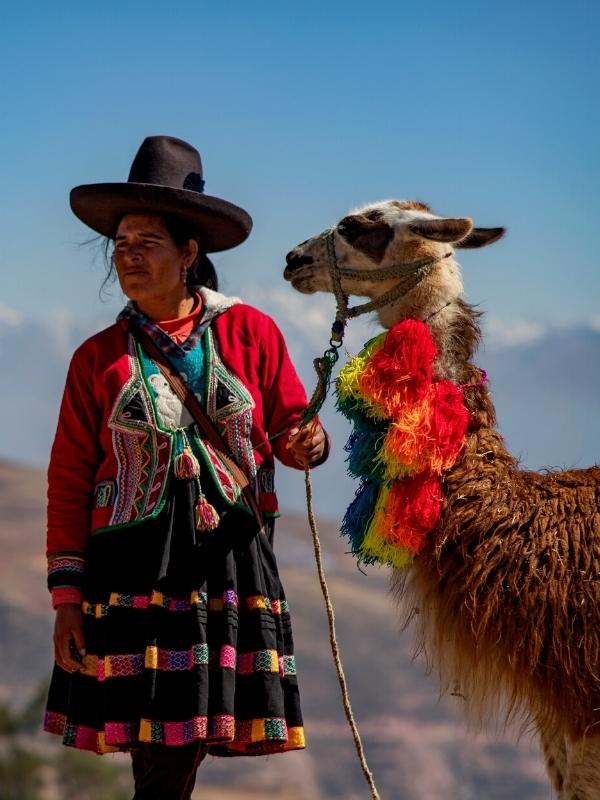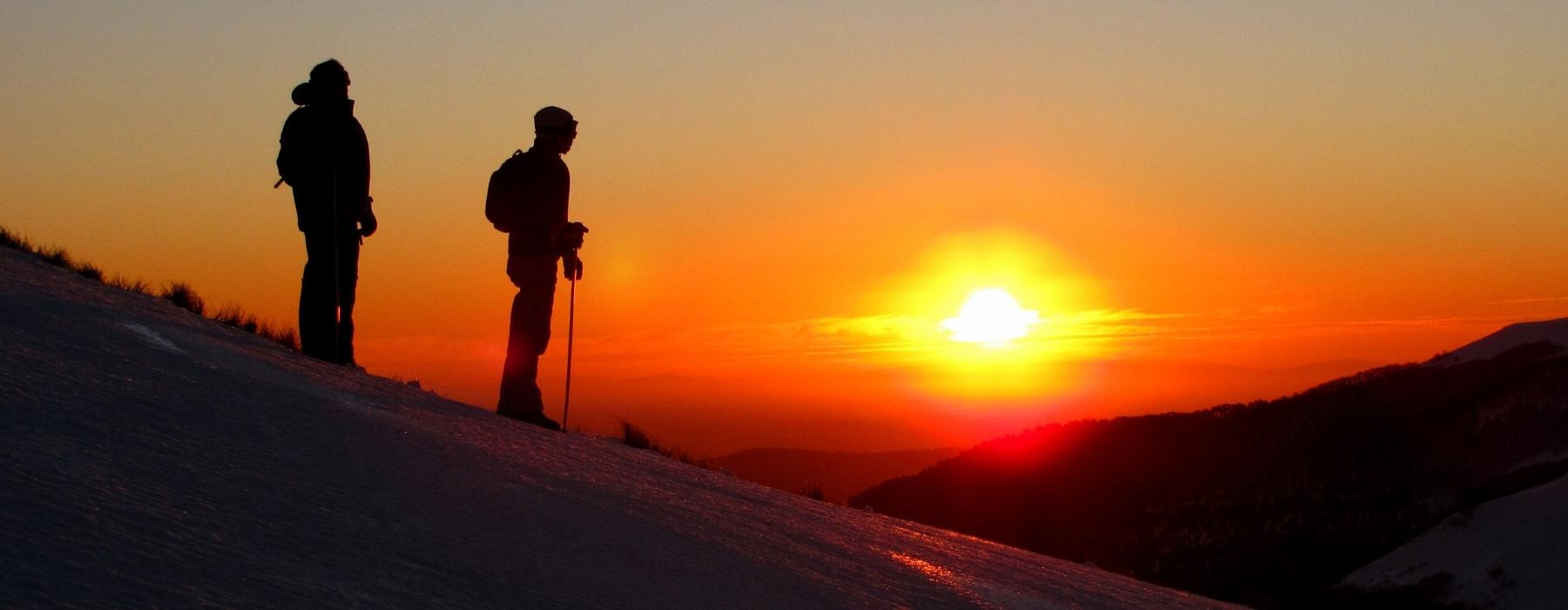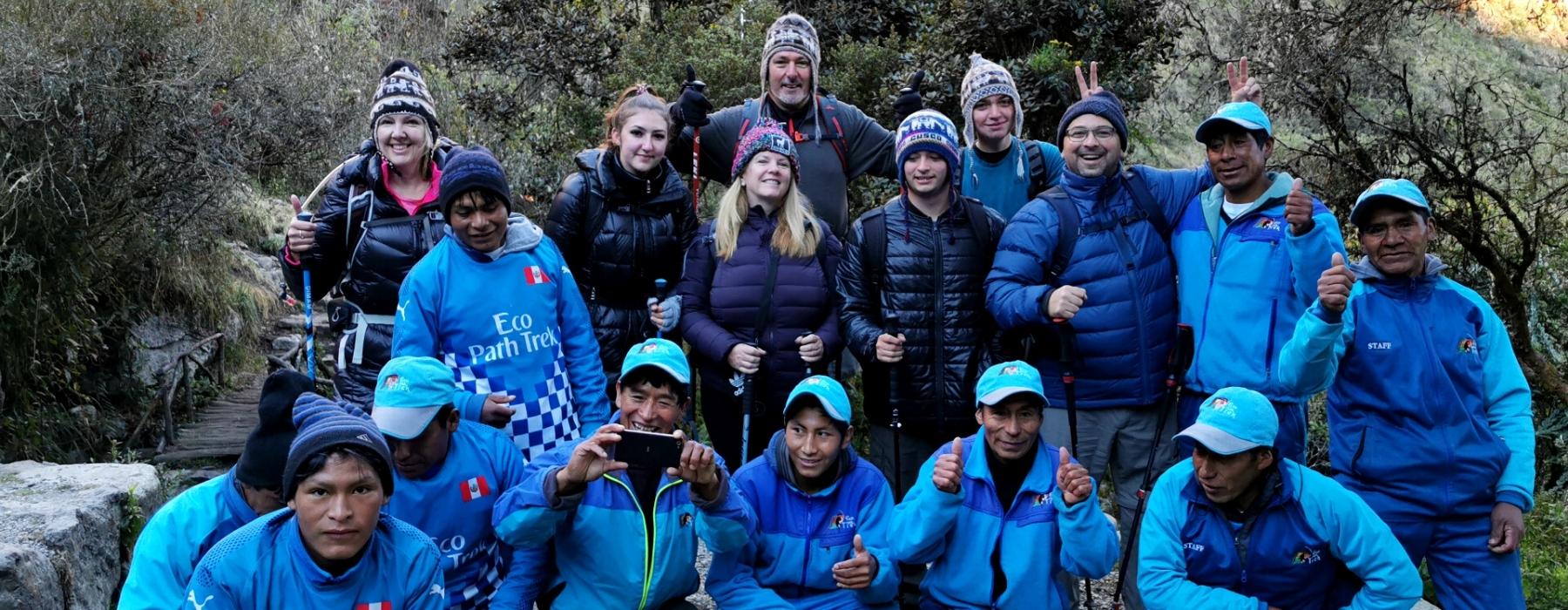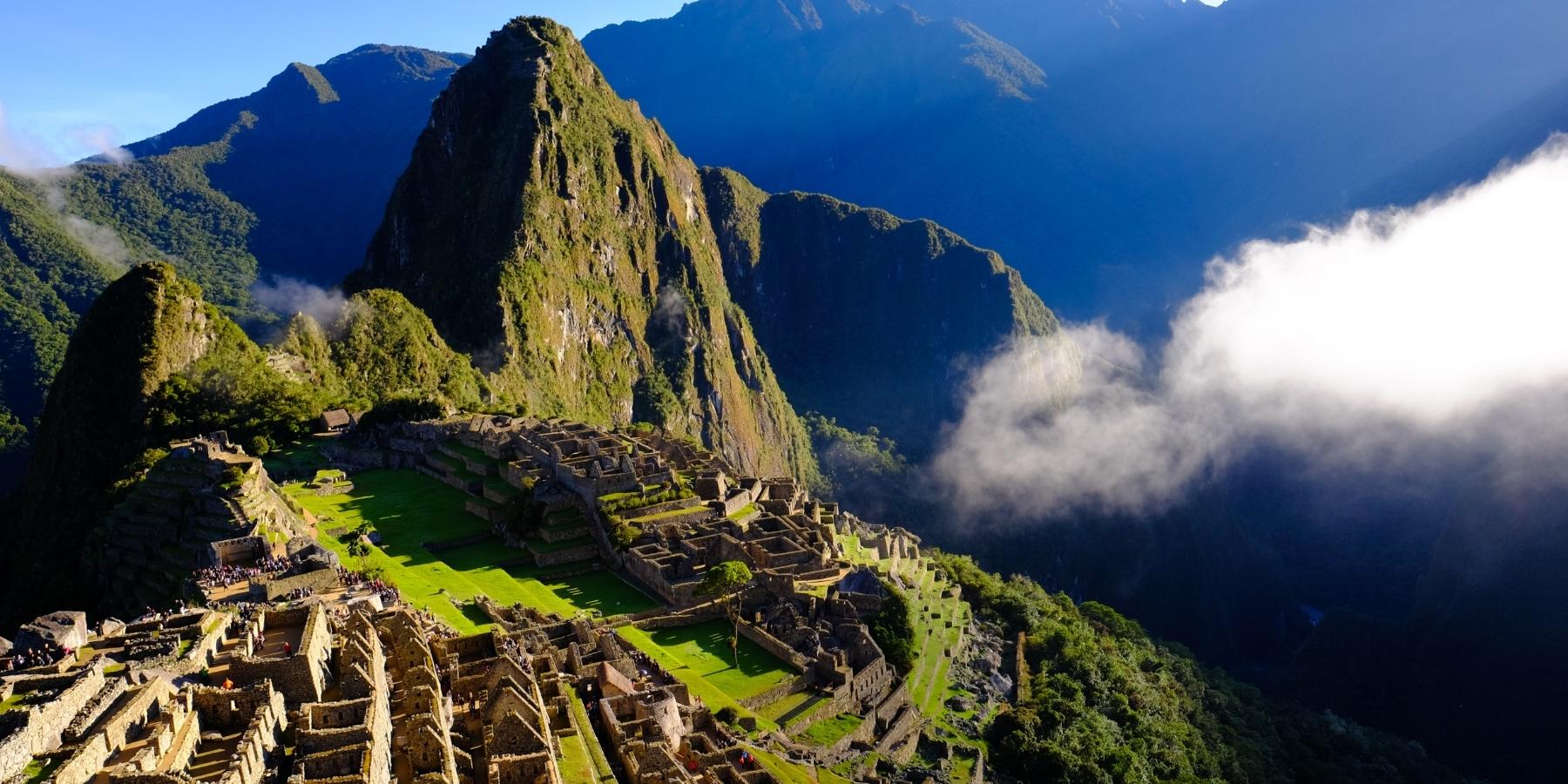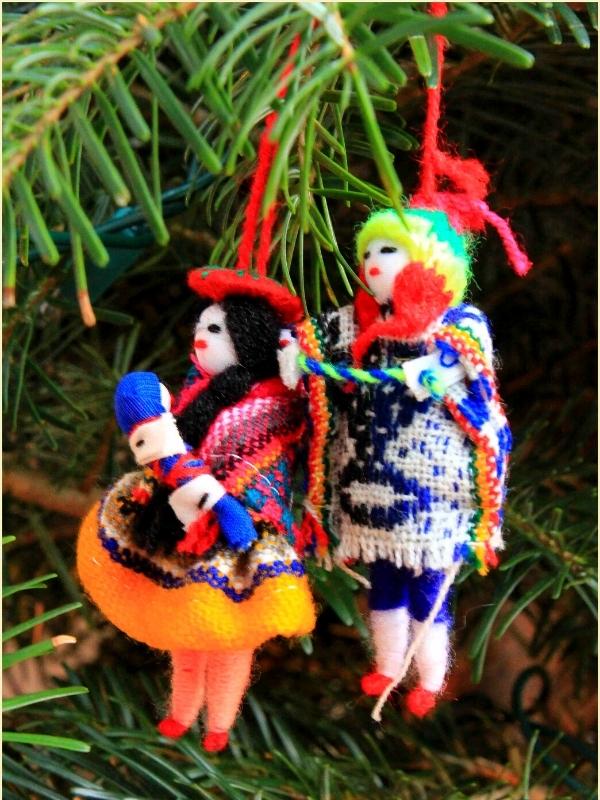TOP 8 ALTERNATIVE TREKS TO MACHU PICCHU
Peru is breath-taking country. The Andean highlands, where our trips are based, is literally so. But more than just the thin air of the high altitude cities, the well-preserved ancient stonework, the incredible textiles, and the friendliest people you could hope to meet will all equally take your breath away. Peru is a hidden gem. Without the crowds of the Alps or Rockies, Peru still feels like the kind of spectacular landscape where you could get lost for hours (don’t worry, we won’t let you) and not encounter a soul. Yet, the trails and dirt roads which snake out across the valleys in mountains make the Sacred Valley, Ausangate, Lares, Anascocha and surrounding highland areas a dream come true for hikers. We present the best treks to Machu Picchu.
Our adventure starts in the beautiful city of Cusco, highlighted by amazing cuisine and the unique hybrid architecture that is one part Inca Stone and one part Spanish Cathedral, a must see. From there, we’ll head to our best places to start one of our best treks to Machu Picchu.
The mountains around Cusco offers an unending supply of trekking adventures and amazing alternative treks to Machu Picchu, that are sure to satisfy everyone, from the expert mountaineer to the weekend hiker, the history buff to the nature lover. The Peruvian Andes have something for everyone! At Andean Great Treks, we specialize in offering unique, alternative Machu Picchu Treks. Here are some of our favourites!
There’s nothing like the satisfaction of approaching Machu Picchu on one’s own two feet, which is why the classic Inca Trail hike has become so popular in recent years. The time when a traveler could roll into Cusco and set up an Inca Trail trek for the following day—or week, or month—has long since passed, though. To limit damage to the trail, the Peruvian government now limits access to 500 persons per day, porters included. Permits for the peak summer season sell out months in advance.
Fortunately, the Inca were master road builders who blazed trails all throughout the Andes, and many of these are alternate routes to Machu Picchu (or at least you get as close as a quick train ride). Here are we listed the best alternative treks to Machu Picchu, most of which require no permits and can be arranged through Andean Great Treks. Some of these hikes are available in multiple variations and can be tailored to meet a particular fitness level.
